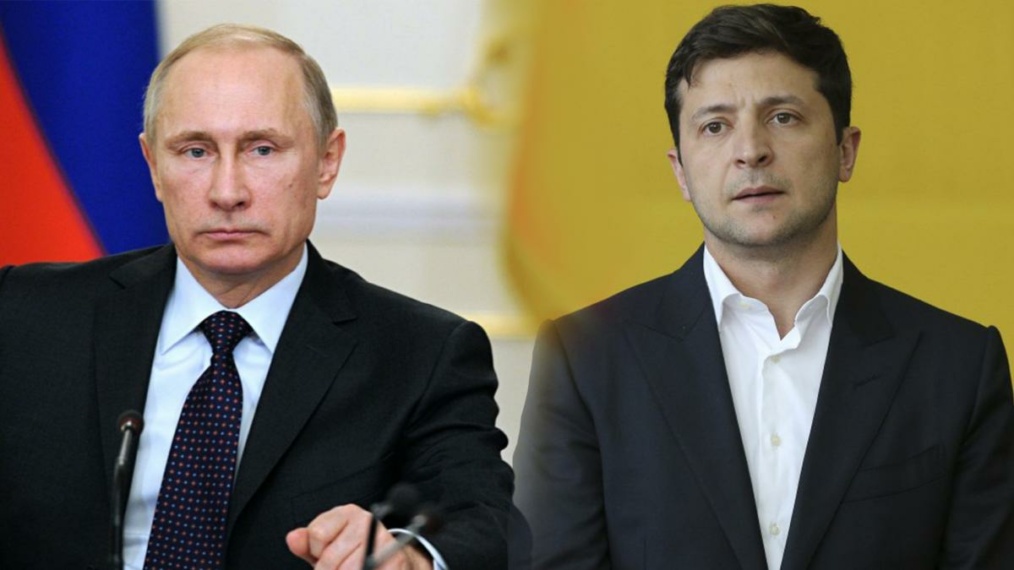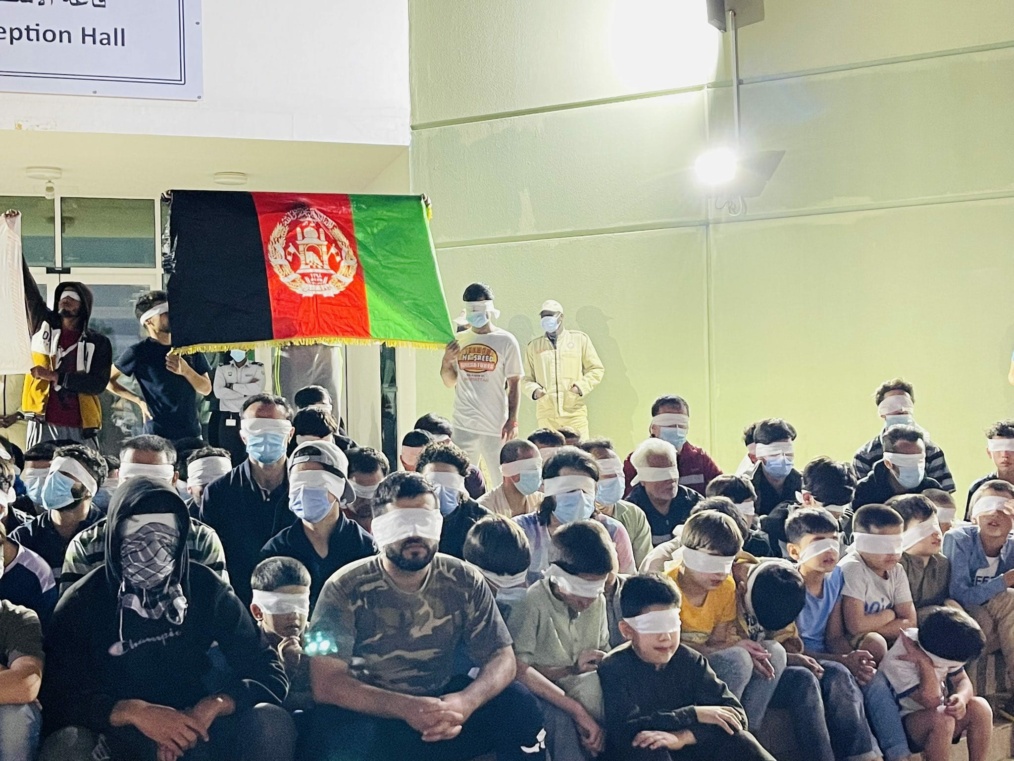The worst-case scenario is unfolding, a full-scale air and land attack from multiple directions is striking Ukraine, and the attacks have already killed over 40 soldiers and 10 civilians. The Russian Federation, led by President Putin, has instigated a a war of aggression to showcase unnecessary hegemony over a neighbor in an attempt to gain the world’s attention, and Belarus has shown support towards Russia’s actions.
The aim of this war, as stated officially by Russia, is to overthrow the Ukrainian government and carry out an ideological cleansing of Ukraine. Russia’s actions seem to emulate the actions of the Taliban during their annexation of Afghanistan. Ultimately, this conflict between Russia and Ukraine has spurred global actions and could significantly escalate if the threat of nuclear power increases.
As per Russia’s strategy, they first launched strikes on Ukraine’s military infrastructure and border guard units, according to Ukrainian President Volodymyr Zelensky. Then, Ukrainian forces stated that Russian military vehicles had crossed the border near Kharkiv in the north, Luhansk in the east, Russian-annexed Crimea in the south and from Belarus. Belarus’s authoritarian leader Alexander Lukashenko said his country’s military were not involved but could be if needed.
Russian tanks were later seen on the outskirts of Kharkiv, a city of 1.4 million people. Additionally, Russian forces reportedly landed by sea at Ukraine’s major port cities of Odesa on the Black Sea and Mariupol on the internal Sea of Azov.
The casualties are the latest result after a series of fast-paced advancements that began when Russian President Vladimir Putin announced a military operation in Ukraine in the early hours of Thursday, February 24th. Following President Putin’s invasion order, explosions were reported in several areas of Ukraine and air sirens went off in Kyiv, indicating that the capital city is under attack.
Ukraine’s National Emergency
The first blasts rang out just minutes after President Putin gave a televised speech Wednesday evening stating that he was authorizing military action. President Putin warned other countries that if they tried to intervene, they would face a Russian response “so severe that no foreign nations have ever experienced it before.”
Ukrainian officials reported that cruise or ballistic missiles targeted military control centres in the area of the capital, Kyiv. Russian forces also broke through the state border of the Kiev region, according to a post on Telegram from Ukraine’s Ministry of the Interior.
Ukrainian President Zelensky stated that the country has severed diplomatic relations with Russia after Moscow launched an all-out invasion of Ukraine by land, air and sea on Thursday, the biggest attack by one state against another in Europe since World War II.
President Zelensky has declared martial law in Ukraine and the Ukrainian Foreign Minister vowed to fight and defeat Russia.
Putin’s Escalation and Dominance Propaganda
After attempts to shut down Russia’s power, Russia reminded the world of its nuclear arsenal over the weekend with nuclear weapons tests overseen by President Putin himself. It is high time Russia prioritizes global responsibility for its national interests.
After the declaration of war, Ukraine will not surrender without a fight and is calling on the international community to support their efforts in defending itself from Russia. All the while Russia attempts to sustain its global interests and preserve domestic support for its efforts, its actions have been viewed as irrational and heinous among much of the international community.
Manasvini Rao, Counter-Terrorism Research Fellow





